3 Quick Ways to Check for Students’ Prior Knowledge

Content-based “prior knowledge” is the knowledge base students bring to a lesson or specific topic under study. Do they know enough to move forward?
It’s an critical question — we can’t support rigorous learning unless we make sure students are ready for the experience. So it’s important to determine what a student actually understands about a concept as we prepare for new instruction.
Let’s look at three strategies teachers are using to check for and help students tap into prior knowledge: Anticipatory Guides, KWL+H, and the LINK small/whole group technique.
Using an Anticipatory Guide
Pat Vining, an eighth grade math teacher, uses a simple activity to check her students’ prior knowledge of the concept and to clear up any misunderstandings students may have about the topic. First, she gives students three minutes to answer a short true/false questionnaire.
Next, in pairs, students compare responses and use the textbook to check their answers. Each set of partners must rewrite any false statements so that they are true. She ends with a whole-class discussion to ensure understanding.
Using K-W-L + H
Probably the most common method of identifying students’ prior knowledge that I see in classrooms today is a KWL chart.
During a KWL activity, teachers typically ask the students what they already know about a topic (K) or what they think they know about it. Next, you ask what they want to know (W). Then, you teach the lesson and ask them what they learned (L).
What I found as a teacher was that students had more ownership in the lesson when I also asked them (H) – How can we learn this?
Using the LINK Strategy
Kendra Alston, a former middle school teacher, adapted the KWL strategy into a LINK for her students. It works in just about any content area.
After they complete the L column individually, Kendra’s students turn to a partner and share their answers. Then she leads a short class discussion, charting out what everyone in the class knows about the topic.
As she works through the lesson, students finish by writing what they now know (K), and they tear that part off to turn in as they leave her class. This provides her immediate feedback about what her students learned or didn’t learn in class.
The key step: It’s important to share students’ responses with everyone, albeit it in a safe way that doesn’t embarrass them. That’s why I like her method. She starts by allowing each student to write an individual response, so everyone has an opportunity to think about what they know.
As Kendra points out: “If I’m a student, by sharing with a partner, I can feel ‘safer’ in case I’m not right. In the whole class discussion, I’m sharing ‘our’ answers (mine and my partner’s), so I don’t feel like I’m out on a limb by myself. You could even add another option of sharing with two groups of partners before you share with everyone. ”
However, Kendra adds, “don’t sacrifice the whole class discussion. We all learn more together, and it’s a safe guess that someone in my class knows something I don’t know. Listening to all responses and charting them out for everyone to see helps me build prior knowledge when I don’t have much.”
When we know what students already understand about an upcoming lesson, we can teach more rigorously and effectively. These three strategies are helpful tools to gauge student’s knowledge.
Photo: Woodleywonderworks, Flickr CC
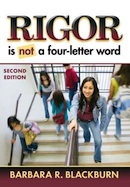

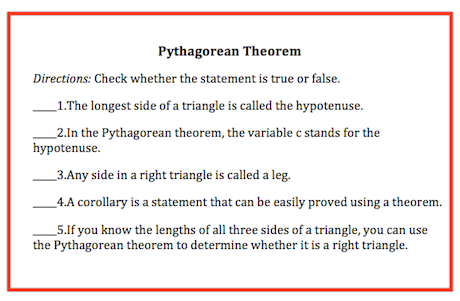
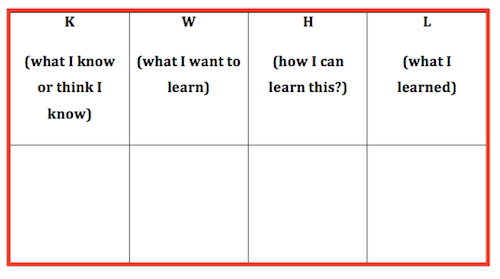
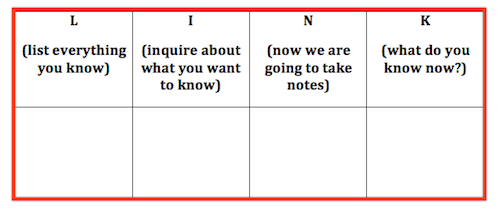
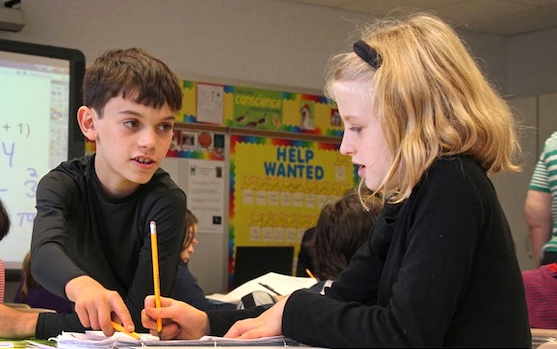

































These three strategies are really helpful, thanks! As an online mentor, I will be forwarding your post to my mentees for their files.
I already use KWL, and the How sounds interesting, but I like the LINK idea, with the turn in part- it feels like a good fit. It will def. be in my toolkit for next year. Thank you!
My favorite is the Anticipation Guide. I have seen many teachers use it as a motivational tool and now I realize it can be used to assess prior knowledge.
Shouldn’t question #5 in the Anticipatory Guide read, “If you know the lengths of all three sides of a triangle, you can use the Pythagorean theorem to determine whether it is a right triangle.”
Hope, I think you are correct–I went back and checked what the teacher sent me, and it was that way, but I’m sure it’s a typo! Barbara
That is what I thought. Busy lives and overloaded brains! Thanks.
Thanks, Hope! We’ve replaced the original with a corrected version.